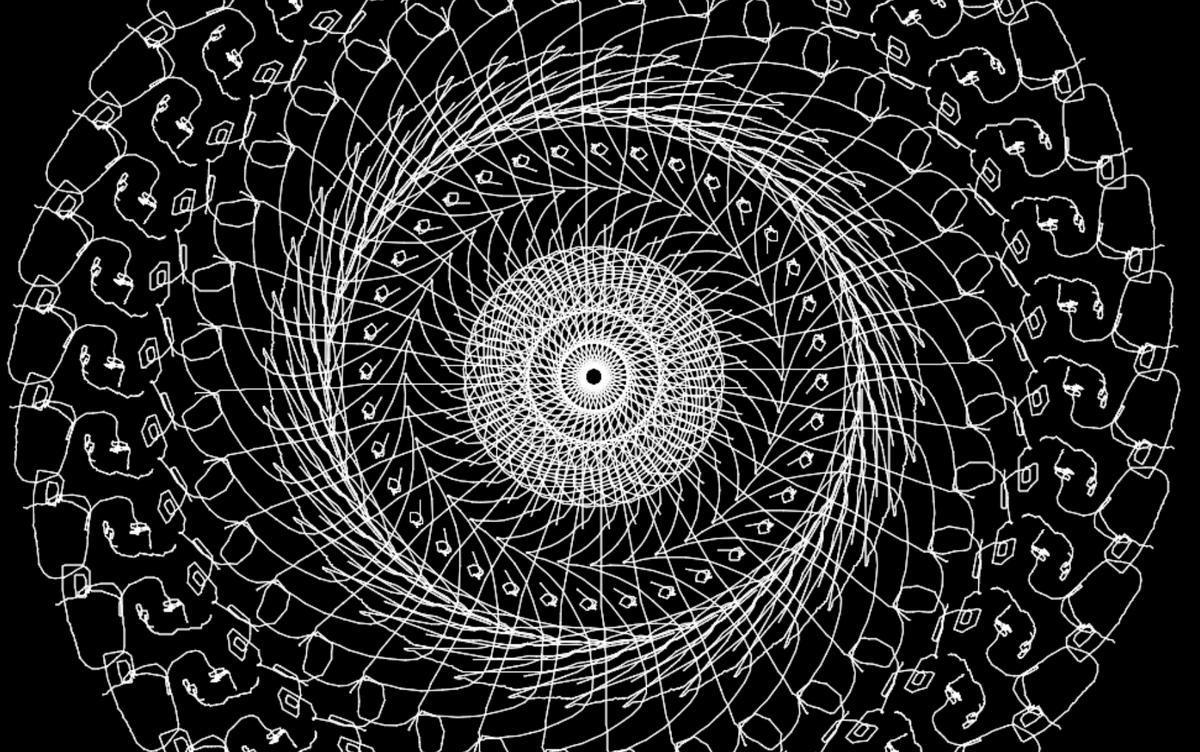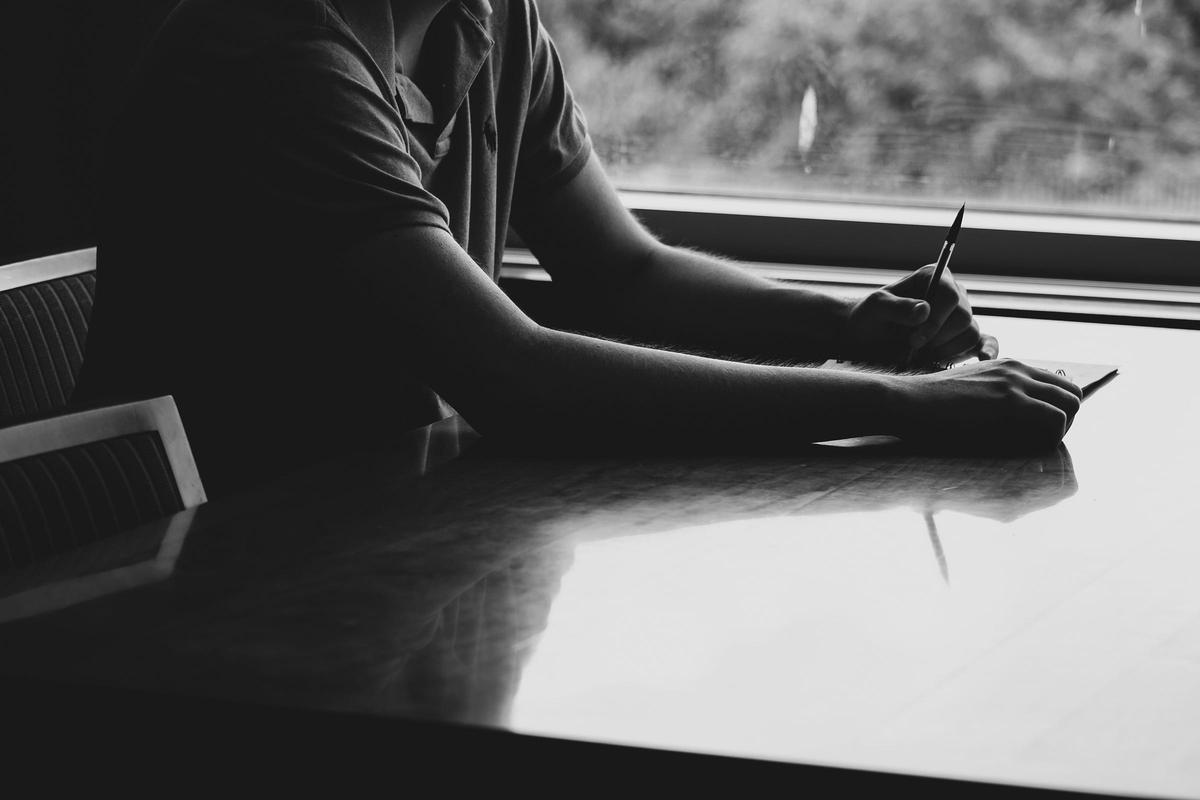Engaging in artistic activities offers numerous benefits for mental health. Whether it's painting, drawing, or sculpting, these creative outlets can significantly improve well-being. They provide a break from daily stressors and allow individuals to focus on the joy of creation.
Benefits of Artistic Activities for Mental Health
Artistic activities like painting, drawing, and sculpting can significantly improve mental health. These creative pursuits help lower stress levels and enhance mood by releasing dopamine, a neurotransmitter associated with pleasure and satisfaction. Creating art provides a unique way to express emotions non-verbally, offering an alternative avenue to process complex feelings.
Completing an artistic project gives a tangible sense of accomplishment, boosting self-esteem and confidence. Regular engagement in art also enhances cognitive functioning, improving problem-solving skills, critical thinking, and fine motor skills.
Art can foster social connections too. Joining art classes or groups allows individuals to share their work and processes, reducing feelings of isolation and creating a sense of community. These social interactions can lead to meaningful friendships and a strong support network.
Working on art projects can provide routine and structure, which is particularly important for those dealing with mental health challenges. The practice of art also encourages mindfulness, reducing anxiety and improving emotional regulation.
Many find solace in the freedom that art provides. Unlike many aspects of life constrained by rules, art offers a space where there are no wrong answers. This freedom can be incredibly liberating and therapeutic.
Art therapy, which integrates therapeutic techniques with creative processes, supports these benefits. Even outside a formal therapeutic setting, individuals find that art allows them to express what may be too difficult to verbalize.
Incorporating art into regular routines can help maintain mental wellness and provide tools to manage stress effectively. With these practices, individuals can process their mental landscapes more effectively, building resilience and nurturing overall well-being.
Expressive Arts Therapy Techniques
Expressive arts therapy integrates multiple creative expressions to help individuals articulate their emotions and inner experiences. Here are several techniques used in this therapeutic approach:
- Mandala drawing involves creating intricate, circular designs that represent wholeness. This practice can induce a meditative state, promoting relaxation and inner peace. The repetitive patterns and symmetry help anchor the mind, reducing stress and fostering self-awareness.
- Self-portrait creation allows individuals to visually explore and communicate their self-perception. This activity can boost self-esteem and self-compassion as individuals gain a deeper understanding and acceptance of themselves.
- Clay sculpting provides a tactile and kinesthetic experience for emotional expression. The malleability of clay makes it ideal for expressing complex emotions and thoughts. This hands-on activity can be grounding, helping individuals focus and anchor themselves in the present moment.
- Collage making involves piecing together images, words, and textures to create a visual representation of thoughts and feelings. This process can be deeply introspective, revealing insights into one's inner world and encouraging creative problem-solving.
- Movement and dance tap into the body's natural rhythms and energy to facilitate emotional release and healing. This form of therapy helps individuals reconnect with their bodies, release stress, and express emotions that may be stuck or repressed.
- Storytelling and poetry allow individuals to explore their personal narratives and develop stories that promote healing. These activities can be cathartic, providing a sense of control and coherence to life events.
- Phototherapy uses photographs in the therapeutic process to explore self-image, relationships, and environment. This technique can enhance self-awareness and self-expression, providing a visual documentation of one's journey and progress.
The focus in expressive arts therapy is on the process of creation rather than the final product. These activities facilitate deep engagement with emotions and thoughts, fostering introspection, self-expression, and healing.

Accessibility and Integration of Artistic Activities in Daily Life
Incorporating artistic activities into everyday life can be simpler than you might think. Here are some accessible ways to integrate art into your daily routine:
- Mindful doodling is an easy way to start. Grab a pen and paper, and let your hand flow freely. Focus on the sensory experience rather than creating a perfect image. This practice can help alleviate stress and improve focus. Try it during breaks at work or as a nightly wind-down ritual.
- Art journaling combines creative expression with introspection. Dedicate 10-15 minutes a day to quick sketches, color swatches, or abstract patterns that reflect your current emotions. Add written reflections to explore your mental state further.
- Clay sculpting can be a cathartic and grounding practice. Even basic, air-dry clay found in craft stores can suffice. Spend time each week molding shapes that represent your thoughts or simply feel satisfying to create.
- Create a sensory/art corner in your living space. Dedicate a small area where you keep art supplies readily available. Fill it with materials you find pleasing and soothing. Make it a point to visit this area regularly and give yourself permission to create freely.
- Join local art workshops or online creative communities. These provide platforms for sharing your process and gaining inspiration from others, fostering a sense of community and support.
- Family art activities, like creating vision boards or gratitude banners, can be great for bonding. Spend an evening with loved ones, each working on their projects while sharing thoughts and encouraging one another.
- Digital tools offer modern, accessible options for engaging in creative activities. Mobile apps for drawing, photography, and digital collages can be especially useful for integrating art into brief moments throughout your day.
Remember, the goal is to make art a natural and fulfilling part of your daily life. By dedicating small moments to creative pursuits regularly, you can cultivate a habit that brings joy and fosters resilience and emotional well-being.

Artistic activities are powerful tools for enhancing mental health. By incorporating these practices into daily life, individuals can reduce stress, improve mood, and foster a sense of accomplishment and community.
- Knill PJ, Levine EG, Levine SK. Principles and Practice of Expressive Arts Therapy: Toward a Therapeutic Aesthetics. Jessica Kingsley Publishers; 2005.
- Malchiodi CA. Trauma and Expressive Arts Therapy: Brain, Body, and Imagination in the Healing Process. Guilford Press; 2020.
- Stuckey HL, Nobel J. The connection between art, healing, and public health: a review of current literature. Am J Public Health. 2010;100(2):254-263.


























